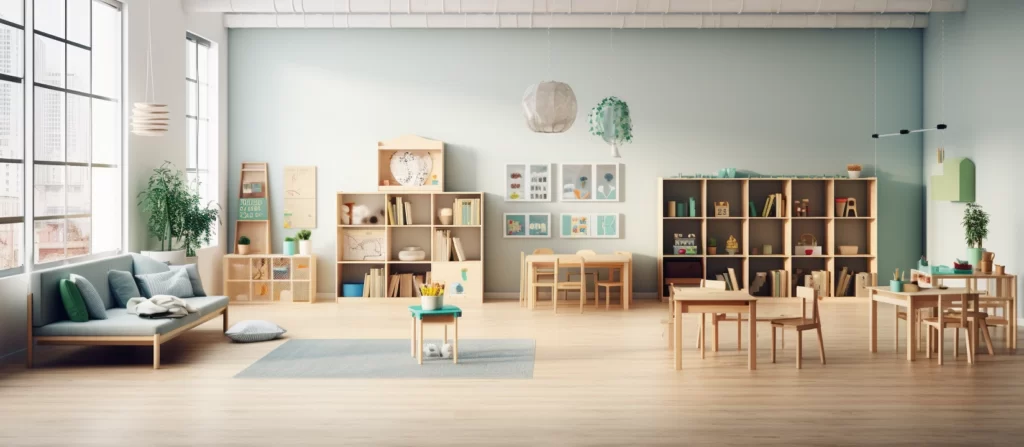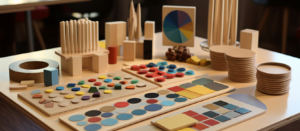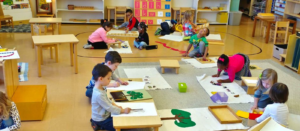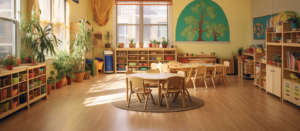Ever pondered the magic behind an effective classroom? The key to an optimal learning environment lies in its setup. What elements come together to create an atmosphere where students thrive? Let’s unravel the secrets of a well-designed classroom and explore how it can shape the educational experience.
How can the physical environment of a classroom affect learning?
When it comes to learning, the physical environment plays a crucial role. Imagine trying to concentrate in a cluttered, uncomfortable space with poor lighting and noisy distractions. It’s not conducive to effective learning, right? On the other hand, a thoughtfully designed classroom can create a positive and engaging atmosphere that promotes learning and student well-being.

Flexibility is key
One of the most important aspects of a good classroom set up is flexibility. Every student has different learning preferences, and a flexible classroom allows for individualized instruction. Students should have the freedom to choose their seating arrangements, whether it’s sitting at a traditional desk, on a bean bag chair, or even on the floor. This freedom of choice empowers students and enhances their sense of ownership in the learning process.
Ergonomic and comfortable furniture
Another crucial component of a good classroom set up is ergonomic and comfortable furniture. Students spend a significant amount of time sitting, so it’s important to provide them with chairs and desks that support their posture and overall well-being. Ergonomic chairs, adjustable desks, and supportive cushions can make a huge difference in students’ comfort levels and concentration.
The power of collaborative spaces
Collaboration is an essential skill for the 21st-century learner, and a good classroom set up should facilitate collaboration among students. Creating dedicated spaces for group work, such as round tables or comfortable seating areas, encourages students to work together, share ideas, and learn from one another. These collaborative spaces foster a sense of community and help students develop important social and communication skills.

Utilizing technology effectively
In today’s digital age, technology is an integral part of education. A good classroom set up should incorporate technology in a way that enhances learning without becoming a distraction. Providing easily accessible power outlets, charging stations, and interactive displays can help students engage with digital tools and resources. Additionally, organizing cables and wires in a neat and organized manner can minimize clutter and ensure a safe learning environment.
Lighting and ambiance
The lighting and ambiance of a classroom can greatly impact students’ mood and focus. Natural light is ideal, as it has been proven to increase productivity and overall well-being. If natural light is limited, incorporating warm and adjustable lighting can create a cozy and inviting atmosphere. Additionally, adding elements of nature, such as plants or a small indoor garden, can bring a sense of calmness and improve air quality.
Organization and storage solutions
A well-organized classroom saves time, reduces distractions, and promotes a sense of orderliness. Adequate storage solutions, such as shelves, cubbies, and storage bins, help keep materials and supplies readily accessible for both teachers and students. Clear labeling and designated spaces for different subjects or activities can also aid in maintaining a clutter-free environment.

Classroom layout and traffic flow
The layout and traffic flow of a classroom can greatly impact the overall functionality and efficiency of the space. It’s important to consider how students move around the room, access different areas, and interact with resources. A good classroom set up will have clearly defined pathways, well-positioned furniture, and easy access to essential materials and equipment. This ensures that students can navigate the space with ease and maximize their learning experience.
The importance of personalization
Lastly, a good classroom set up should allow for personalization. Students should be able to display their work, showcase their interests, and have a sense of ownership over their learning environment. Bulletin boards, display walls, and designated areas for student artwork can make the classroom feel vibrant and personalized. By incorporating students’ personalities and interests into the classroom, we create a sense of belonging and pride in their work.

Conclusion
A good classroom set up is a combination of various elements that work together to create an environment conducive to learning and student well-being. Flexibility, ergonomic furniture, collaborative spaces, technology integration, lighting, organization, layout, and personalization are all key factors to consider. By prioritizing these aspects, educators can create a classroom that inspires creativity, engagement, and academic success.






